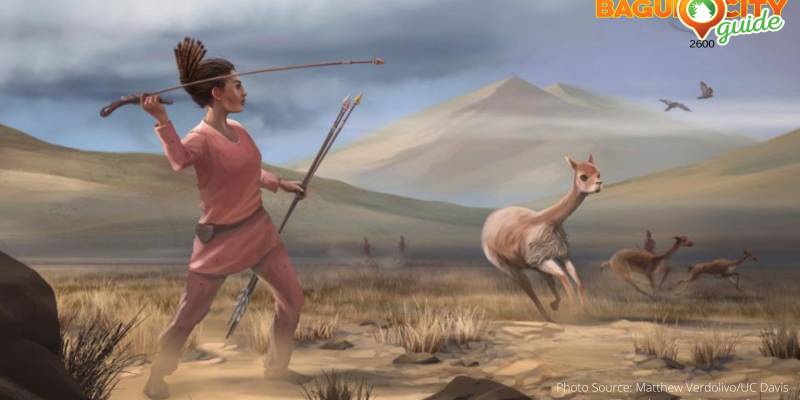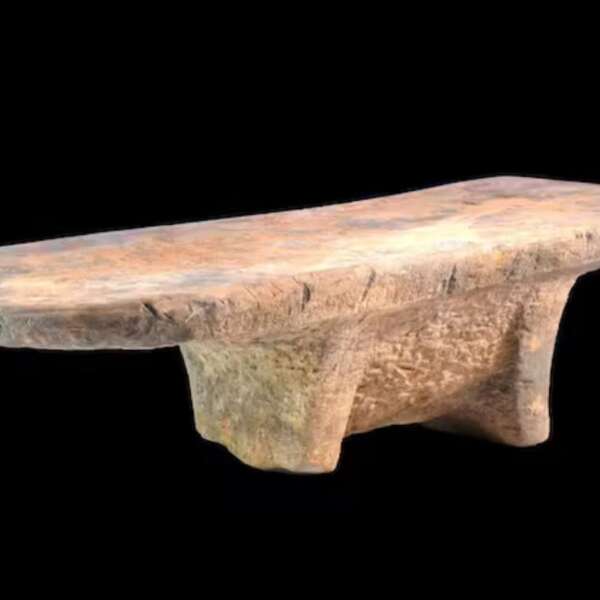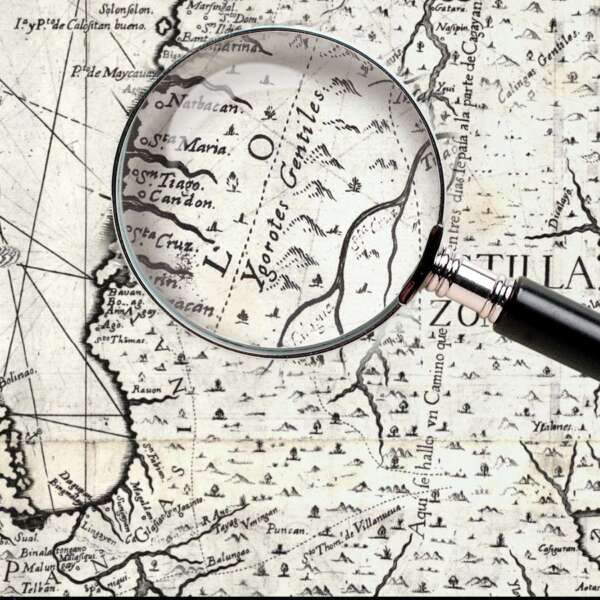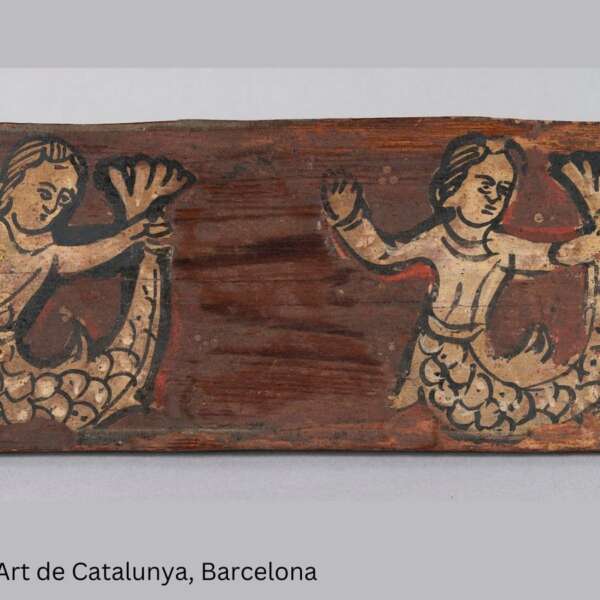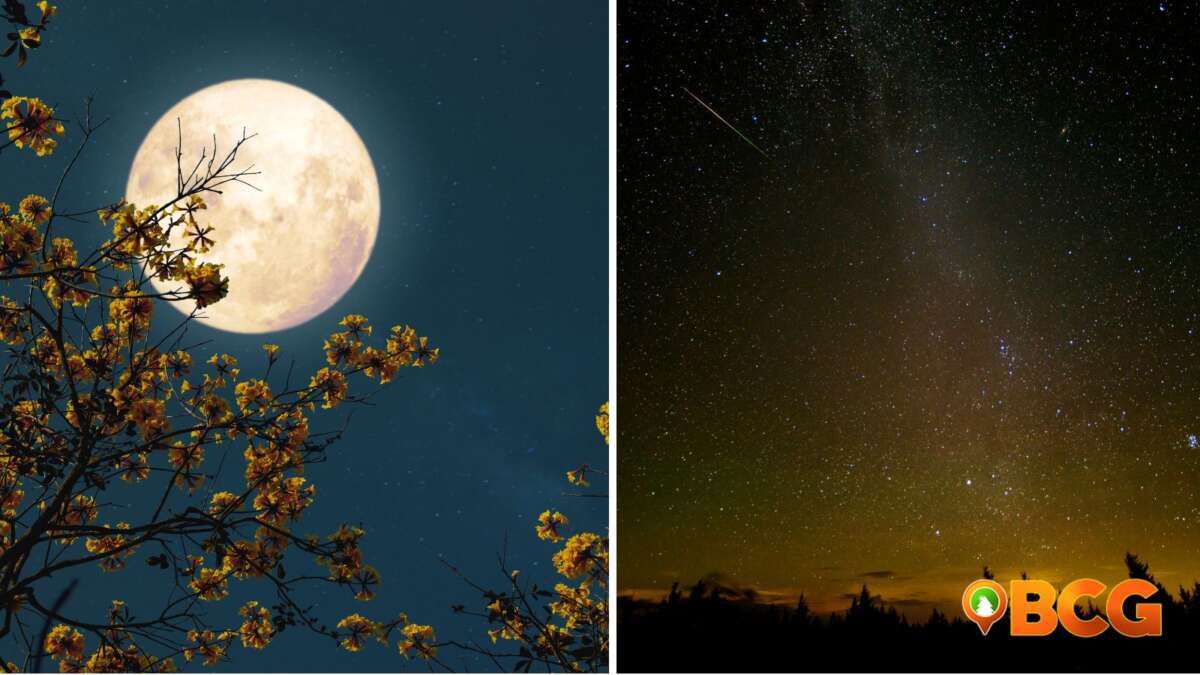Study Finds Prehistoric Women were Big-Game Hunters
Many probably believed that when the early humans looked for food, men were the ones who hunted while the women gathered; and for centuries, some historians and scientists actually agreed to this.
However, a different story has been revealed when some 9,000 years ago a 17- to 19-year-old female alongside a hunter’s toolkit burial located in Andes Mountains of Peru, South America has been discovered by the research team led by Randy Haas, assistant professor of anthropology at the University of California, Davis. According to him, this overturns the long-held ‘man-the-hunter’ hypothesis.

Illustration of female hunter depicting hunters who may have appeared in the Andes 9,000 years ago. (Matthew Verdolivo/UC Davis IET Academic Technology Services)
“We believe that these findings are particularly timely in light of contemporary conversations surrounding gendered labor practices and inequality. Labor practices among recent hunter-gatherer societies are highly gendered, which might lead some to believe that sexist inequalities in things like pay or rank are somehow ‘natural.’ ”
– Randy Haas
During archaeological excavations at a site referred to as Wilamaya Patjxa back in 2018, the researchers found the early burial that contained a hunting toolkit. According to them, the toolkit contained projectile points and animal-processing tools.
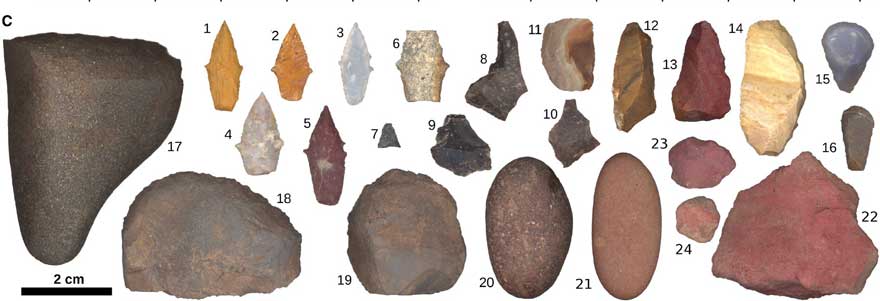
According to www.ucdavis.edu, this illustration from the study shows tools recovered from the burial pit floor including projectile points (1 to 7), unmodified flakes (8 to 10), retouched flakes (11 to 13), a possible backed knife (14), thumbnail scrapers (15 and 16), scrapers/choppers (17 to 19), burnishing stones (17, 20, and 21), and red ocher nodules (22 to 24). (Photo Source: Randy Haas/UC Davis)
Then it was determined by the team’s osteologist that the hunter was likely female. Through dental protein analysis, the estimate was later on confirmed.
But further analysis revealed a surprise: the remains found alongside the toolkit were from a biological female. What’s more, this ancient female hunter was likely not an anomaly, according to a study published in Science Advances. The Haas team’s find was followed by a review of previously studied burials of similar age throughout the Americas—and it revealed that between 30 and 50 percent of big game hunters could have been biologically female.
Published records of late Pleistocene and early Holocene burials throughout North and South America have also been looked at and from over a hundred sites, 429 individuals were identified. Twenty-seven (27) were even associated with “big-game hunting tools”; eleven (11) were female while (15) were male.
According to the researchers, the sample was sufficient to “warrant the conclusion that female participation in early big-game hunting was likely nontrivial.” The study about this discovery called the “Female Hunters of the Early Americas” was published on November 4, 2020 in Science Advances.
For More News and Updates
Looking for more news and updates like this one? Feel free to explore our BCG website and our official Facebook page.
Source: University of California Davis, Science Advances, National Geographic

